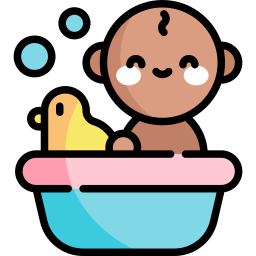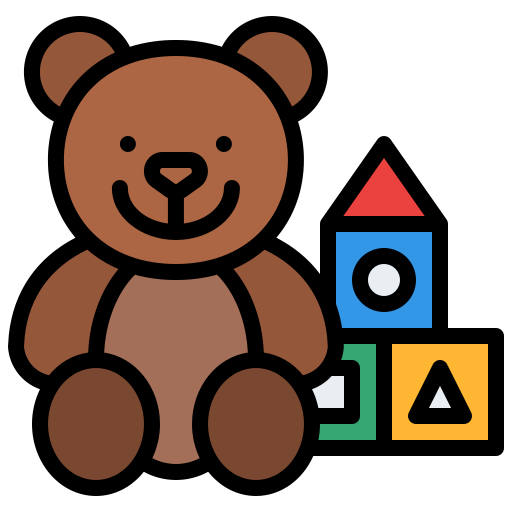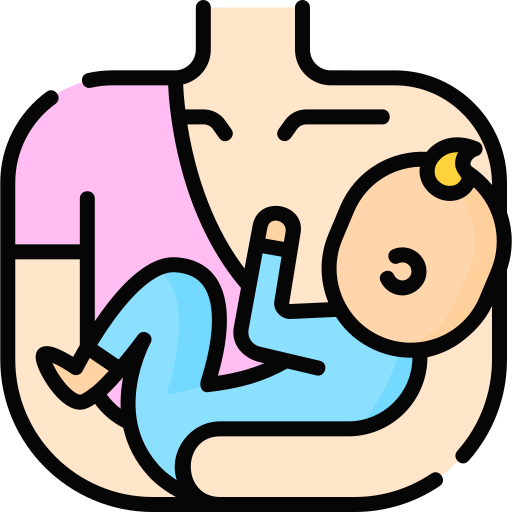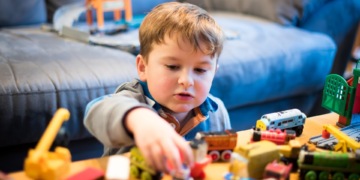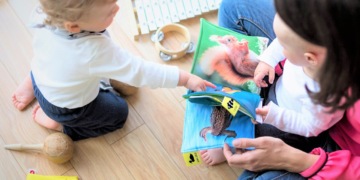Key Notes
- During the second year of school, there is frequently a burst of vocabulary acquisition
- In some cases, vocalizations of distinct word-like which execute not allies well with phrases in the native vocabulary may be invariably in use by special babies to convey specific personal health
- Production diaries have shown that first words are procured at a level of 1-3 per week;
- It was determined whether or not a child had uttered certain words in the Nelson study by having mothers keep diaries of all of their children’s utterances
- It is possible to interpret early multiple-unit utterances as relatively easier specific naming actions that could have occurred separately
In the vast majority of cases, development of kid’s phraseology follows a reliable path. Aside from this point, it’s important to note that children accomplish milestones at different points throughout their lives.
For this reason, the “correct” Verbal inflection in English will begin to emerge over the course of a year or more, beginning with a stage where they are almost usually omitted and ending with a stage where they are nearly always employed appropriately. This is another characteristic of each child’s development.
There are several ways to describe an organism’s development. Infants are the first to experience an increase in their active vocabulary through a logical and steady process. The findings of two research on the development of active vocabulary are reported here.
If a child had said something in the Nelson research, the mothers were asked to keep diaries of all their children’s words; in the Benson study, they were asked to mark words off a list to indicate which ones they believed their child had said.
5 Stages of Oral Language Development in Toddlers 2-3 Years
When a baby is first born, the majority of his or her vocalizations are gestures of irritation (sobbing uncontrollably and getting upset), with a few exceptions, such as sounds made somewhat as a reactionary or tailoring actions such as wheezing, slurping, ingesting, and gurgling.
No reflexive, no distress noises can be produced by closing or nearly closing the mouth and lowering the velum, creating the appearance of metrical nares or generally having a smaller vowel, but these are rare.
Blabbering
Known as “canonical babbling,” infants begin to produce elongated audio that is cut up harmonically by oral proclamations into vowel sound sequences that enter and exit their fangs (teeth), lips (lips), and tongue at around seven months of age. It is possible to hear the stop-like and glide-like characteristics of the sounds that are produced.
Fricatives, affricates, and liquids are frequently encountered, with clusters of fricatives and affricates being even more uncommon. Vowels are typically short and allow for easy access, at least at the beginning of a sentence.
The sequence that is repeated over and over again, such as [Ababa] and [nanana], as politely as “assorted” segments in which the distinguishing factors of the phonetic transcription manifestations are differed, are frequently produced.
Originally, the diverse scenes are uncommon, but as time goes on, they become increasingly common. The use of vocal play and babbling by infants increases when they interact with caregivers; however, infants will engage in this behavior even when left alone.
- It is much easier to pronounce the first few vowels of a sentence because they are short.
- Generally, terms that are easily recognized are employed in a setting where naming is implied.
- However, after the third year, there is a noticeable increase in the rate of vocabulary growth.
Morpheme Stage (One Word Stage)
Ten months is when babies start using words that can be recognized. There are some instances where certain word-like vocalizations that don’t correlate well enough with phrases in the local language may be used by infants to articulate specific emotional states: one baby has been using to express pleasure, and another baby has been using it to express “distress or discomfort.”
A toddler might say “duck” when playing with a toy duck in the shower, “sweep” while doing the dishes, “car” while watching automobiles drive by outside their apartment building, or “papa” when they notice there are church bells ringing outside their window.
“teddy,” “dog,” and “kick” are just some of the words used by young children in a way that’s either too narrow or too broad. For example, “bottle,” “teddy,” and “dog” all refer to plastic water bottles, but the word “kick” can be used for anything from nudges to stomps.
Children’s use of these extensions and overextensions alters over time as a result of their personal experiences.
- The evolution of pronunciation skills can be observed.
- Vowels are generally short and easy to remember, at least just at start of a sentence, which makes them useful.
- Infants’ use of outspoken play and blabbering increases when they are in close proximity to their parents.
Clearance in Words
Infants begin to acquire active vocabulary in a gradual and methodical manner at first.
Two studies examined the development of active vocabulary, and the results are presented here.
The Nelson study relied on mothers keeping diaries of all of there own children’s utterances, whereas the Benson study relied on mothers checking words off a list to indicate which words they believe their child has uttered.
During the second year of school, there is frequently a burst of vocabulary acquisition. Production diaries have shown that early words are procured at a level of 1-3 per week; however, after 40 or so phrases have been learned, the rate can increase significantly to 8-10 new vocabulary per week in many cases, according to the data.
Some children, on the other hand, demonstrate a more consistent percentage of acquirement throughout these early stages.
After the third year though, the rate of vocabulary development clearly accelerates: a reasonable estimate would be that children acquire an average of 10 words per day during the pre-school and middle school decades.
Multi Words Stage
In the case of early multiple-unit utterances, it is plausible to understand them as comparatively easier naming actions that may have occurred separately: “mommy” and “hat” could well have been combined to form “mommy hat,” and “shirt” and “wet” could well have been combined to become “shirt wet.”
For example, the words “mother” and “hat” may be understood as relatively easy of discrete naming activities that may have occurred separately: “mommy” and “hat” may be Closed-class morphemes, such as “my turn,” “in there,” and so on are beginning to arise.
In contrast, closed-class words, such as pronouns and prepositions, which have semantic meaning in and of themselves that is not significantly different from that of open-class phrases, do not have semantic content in themselves.
Nominal determiners, complementizes, and other purely grammatical morphemes are commonly lacking, as are spoken or inflected intonations and verbal contingents, as well as nominal determiners and verbal contingents.
Final Thoughts
For this reason, the oldest multi-unit expressions are mostly two morphemes extended. Two and was the first amount after one and this stage is sometimes referred to as the “two-word stage.”
Children begin to produce utterances that contain more than two lexical elements fairly quickly, and it is not completely obvious whether the period in which the vast majority of utterances contain either one or two linguistic elements should be considered a distinct stage in the development of language proficiency.
Over a year and a half, the length of sentence fragments increases, linguistic elements are less regularly excluded and less frequently imprecisely inputted, as well as numerous sentences become more prevalent.
According to several studies, children can easily omit linguistic components in their speech still expect to hear the above components in what those who hear from grownups, in the context that their phrase understanding continues to suffer if indeed the syntactical components are lacking or missing entirely.





